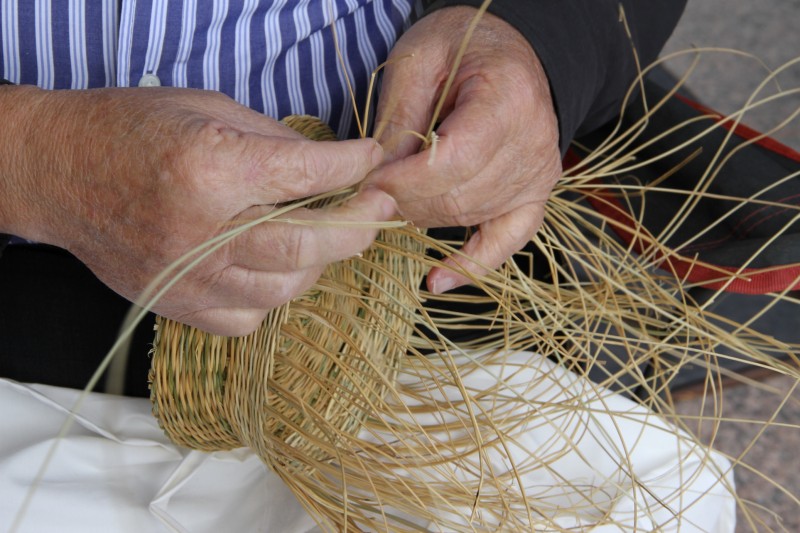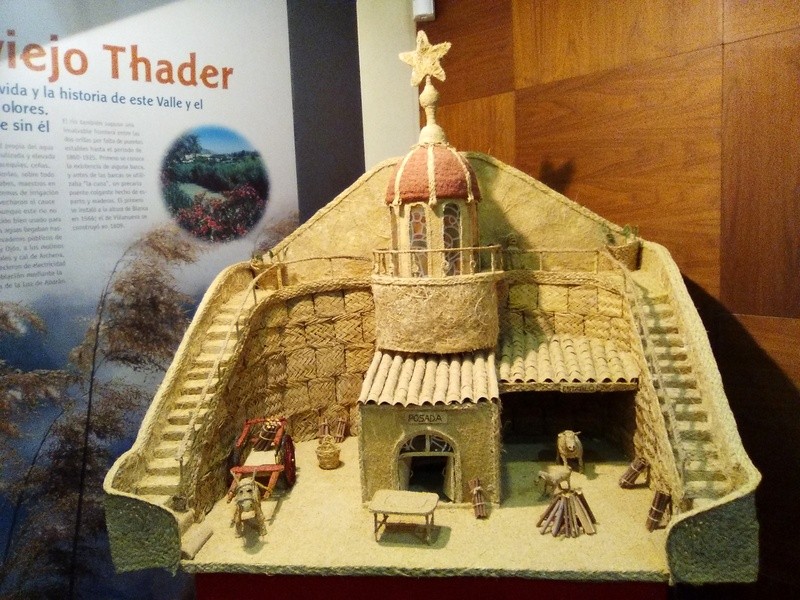- Region
- Águilas
- Alhama de Murcia
- Jumilla
- Lorca
- Los Alcázares
- Mazarrón
- San Javier
-
ALL AREAS & TOWNS
- AREAS
- SOUTH WEST
- MAR MENOR
- MURCIA CITY & CENTRAL
- NORTH & NORTH WEST
- TOWNS
- Abanilla
- Abarán
- Aguilas
- Alamillo
- Alcantarilla
- Aledo
- Alhama de Murcia
- Archena
- Balsicas
- Blanca
- Bolnuevo
- Bullas
- Cañadas del Romero
- Cabo de Palos
- Calasparra
- Camping Bolnuevo
- Campo De Ricote
- Camposol
- Canada De La Lena
- Caravaca de la Cruz
- Cartagena
- Cehegin
- Ceuti
- Cieza
- Condado de Alhama
- Corvera
- Costa Cálida
- Cuevas De Almanzora
- Cuevas de Reyllo
- El Carmoli
- El Mojon
- El Molino (Puerto Lumbreras)
- El Pareton / Cantareros
- El Raso
- El Valle Golf Resort
- Fortuna
- Fuente Alamo
- Hacienda del Alamo Golf Resort
- Hacienda Riquelme Golf Resort
- Isla Plana
- Islas Menores & Mar de Cristal
- Jumilla
- La Azohia
- La Charca
- La Manga Club
- La Manga del Mar Menor
- La Pinilla
- La Puebla
- La Torre
- La Torre Golf Resort
- La Unión
- Las Palas
- Las Ramblas
- Las Ramblas Golf
- Las Torres de Cotillas
- Leiva
- Librilla
- Lo Pagan
- Lo Santiago
- Lorca
- Lorquí
- Los Alcázares
- Los Balcones
- Los Belones
- Los Canovas
- Los Nietos
- Los Perez (Tallante)
- Los Urrutias
- Los Ventorrillos
- Mar De Cristal
- Mar Menor
- Mar Menor Golf Resort
- Mazarrón
- Mazarrón Country Club
- Molina de Segura
- Moratalla
- Mula
- Murcia City
- Murcia Property
- Pareton
- Peraleja Golf Resort
- Perin
- Pilar de la Horadada
- Pinar de Campoverde
- Pinoso
- Playa Honda
- Playa Honda / Playa Paraíso
- Pliego
- Portmán
- Pozo Estrecho
- Puerto de Mazarrón
- Puerto Lumbreras
- Puntas De Calnegre
- Region of Murcia
- Ricote
- Roda
- Roldan
- Roldan and Lo Ferro
- San Javier
- San Pedro del Pinatar
- Santiago de la Ribera
- Sierra Espuña
- Sucina
- Tallante
- Terrazas de la Torre Golf Resort
- Torre Pacheco
- Totana
- What's On Weekly Bulletin
- Yecla


- EDITIONS:
 Spanish News Today
Spanish News Today
 Alicante Today
Alicante Today
 Andalucia Today
Andalucia Today
Museo del Esparto, the esparto grass weaving museum in Archena
Esparto grass exhibits from traditional baskets to scale models of Archena and a bikini!
The Museo del Esparto in Archena is housed on the ground floor of the majestic Palacete de Villa Rías, which stands in the middle of the Jardín de Villa Rías public park and was once the home of the Viscounts of Rías.

The importance of this family in Archena is that after centuries of being governed by the religious and military Order of San Juan the town was finally freed from their control by the confiscation of properties from religious organizations in the mid-18th century, and it was the Vizconde de Villarías who acquired the thermal spa and brought prosperity to this part of the Region of Murcia in the following years.(see History of Archena)
Sadly, though, the palatial home which he and his family built now stands largely neglected in the grounds, and it is only the ground floor which is in fit condition to be used.
On the other hand, the use to which it is put is one which will delight fans of traditional crafts, as it is devoted to a small but charming museum of esparto grass artefacts. Before the arrival of industrial production techniques in rural parts of Murcia esparto grass was the second most important sector of the local economy of Archena (behind agriculture), the natural waxiness of the grass lending itself to weaving in such a way as to create baskets, footwear and a variety of everyday items.
Esparto has been a crucial part of the regional economy since Phoenician traders first started visiting the coastal areas of the Murcia region nearly 3,000 years ago. Principally traders in raw materials, they exchanged trade goods for the natural resources of the region, esparto grass a commodity widely traded throughout the Mediterranean. As their power faded and the Romans gained in stature, esparto was widely grown for exportation from the ports of the Murcia Region and exported throughout their vast Empire, an essential component in the manufacture of ropes, footwear, agricultural equipment and domestic storage and transport before commercial twines and synthetic materials were invented.

These days esparto objects are used almost exclusively as decoration, and the craft of esparto weaving has practically died out, but it is still alive in the form of at least one enthusiast in Archena, known as “Kiko”. Kiko has created the Museo del Esparto entirely through his own labours and his love of the traditions of esparto weaving techniques and traditions, and he it is who welcomes visitors to his world in the museum!
Not only does he display traditional esparto baskets, satchels and the like alongside old farming implements, he has also adapted centuries-old techniques to create an impressive range of items including scale models of local monuments (such as the church dedicated to San Juan Bautista and the “Palacio de Don Mario”). Branching out, he has also fashioned a nativity scene, a bull’s head and even an esparto bikini, and every year he spends hundreds of hours weaving for himself an esparto grass costume to wear during the Carnival parades!
To the disappointment of many visitors none of the items here are for sale, but such is Kiko’s character that he explains his refusal to part with his creations quite simply: certainly he might make a little money, he reasons, but at the same time, he adds, gesturing to the exhibits, “I wouldn’t have all this!”
 How to find the Museo de Esparto in Archena
How to find the Museo de Esparto in Archena
The Palacete de Villa Rías, which houses the Museo de Esparto, is in the large shady public park alongside the Plaza 1 de Mayo in the centre of Archena.
For those approaching Archena from the A-30 motorway the advice is simple: follow the signs for the town centre from the exit at kilometre 121 of the motorway, entering the town on the MU-522. This takes you over the River Segura on the iron bridge and directly onto the main street, and at the top of the hill the gardens of Villa Rías are on the right.
Parking is normally available in the residential streets just past the park.
The museum is normally open to the public between Tuesday and Friday from 17.00 to 20.00 and at weekends from 11.30 to 14.00, but for large groups the tourist office can attempt to prevail upon Kiko to open up at other times of day!
Click for further information about the Archena municipality



